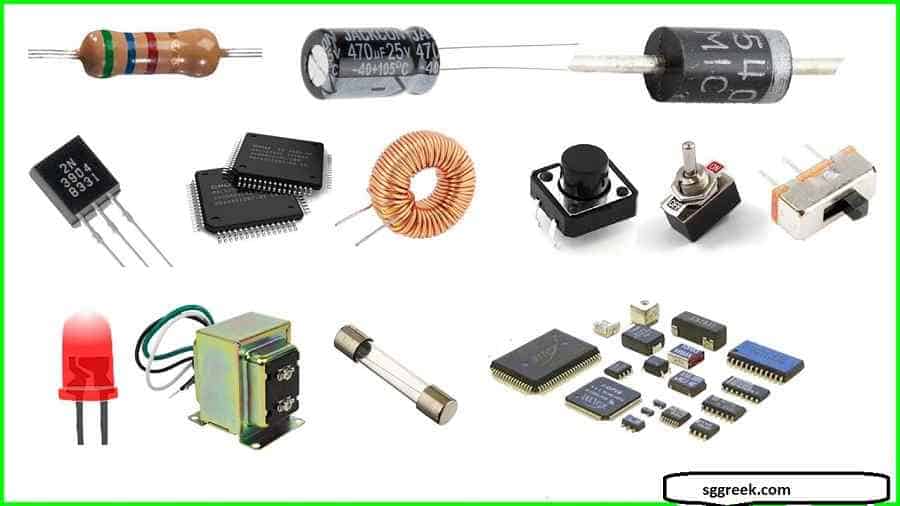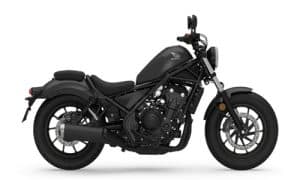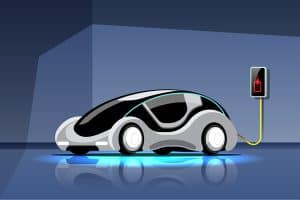An electrical circuit is a series of electrical components that are linked together in a loop together with a power source that enables the flow of current through them. Any plugged-in or battery-operated device features electrical circuits. Electronic circuit components can be checked for safety and performance with a digital multimeter. There are a number of types of components that play a vital role in electrical circuits.

Table of Contents
The capacitor
Capacitors are commonly utilized in the building of different kinds of electrical circuits. Capacitors are passive two-terminal electrical components capable of storing energy electro-statically within an electric field. The capacitor essentially functions as a kind of small battery that can be recharged and is able to store electricity, although its ability to charge and discharge almost instantly makes it very different from a battery.
All capacitors feature the same main components, with two electrical conductors separated by an insulator or dielectric. These conductors are made of conducting material like aluminum foil or thin metal films, with the insulator being a non-conducting material such as ceramic, glass, mica, paper or plastic film. A voltage applied over the two conductors results in one accumulating positive charge with the other collecting a negative charge. Even when disconnected from the source, the capacitor will still store that energy to be sent to any connected load.
The resistor
Resistors are passive two-terminal electrical devices designed to resist current flow. The simplest element in electrical circuits, resistors are also among the most common and can be found in almost all electrical circuits. Capacitors are normally colour-coded and feature insulating material like a ceramic rod wrapped which is wrapped in a copper wire. The thinner the copper wire and the more turns it has when the wrapped result in higher resistance. Resistors control a circuit’s voltage and current.
The diode
Diodes are two-terminal devices intended to allow for the flow of electric current in one direction only. They are used in the conversion of an Alternating Current into a Direct Current and are constructed with either a vacuum tube or a semiconductor material, though the majority of diodes today are made from the latter, especially silicon.
The transistor
Transistors are one of the most vital components found in electrical circuits, having revolutionized the field for the last fifty years. Small semiconductors with three terminals, they are able to turn things on and off with no movement and are frequently made use of as switching devices and amplifiers.
The inductor
Inductors are passive components in circuits that have two terminals and can store energy inside its magnetic field and then send it back to the circuit when needed. The inductor is a very simple component comprising of a coil of copper wire.
The relay
A relay is an electromagnetic switch that is capable of both opening and circuits either electronically or electromechanically. A relatively small current is needed for a relay to operate and they are often used in control circuits to regulate low currents. Relays are essentially electrical levers.
Quartz crystal
Quartz crystals have various uses in electronics but are primarily used as resonators within circuits. When physical pressure is applied to one side, the vibrations this causes result in an AC voltage being generated. There are many different sizes of quartz crystals.


